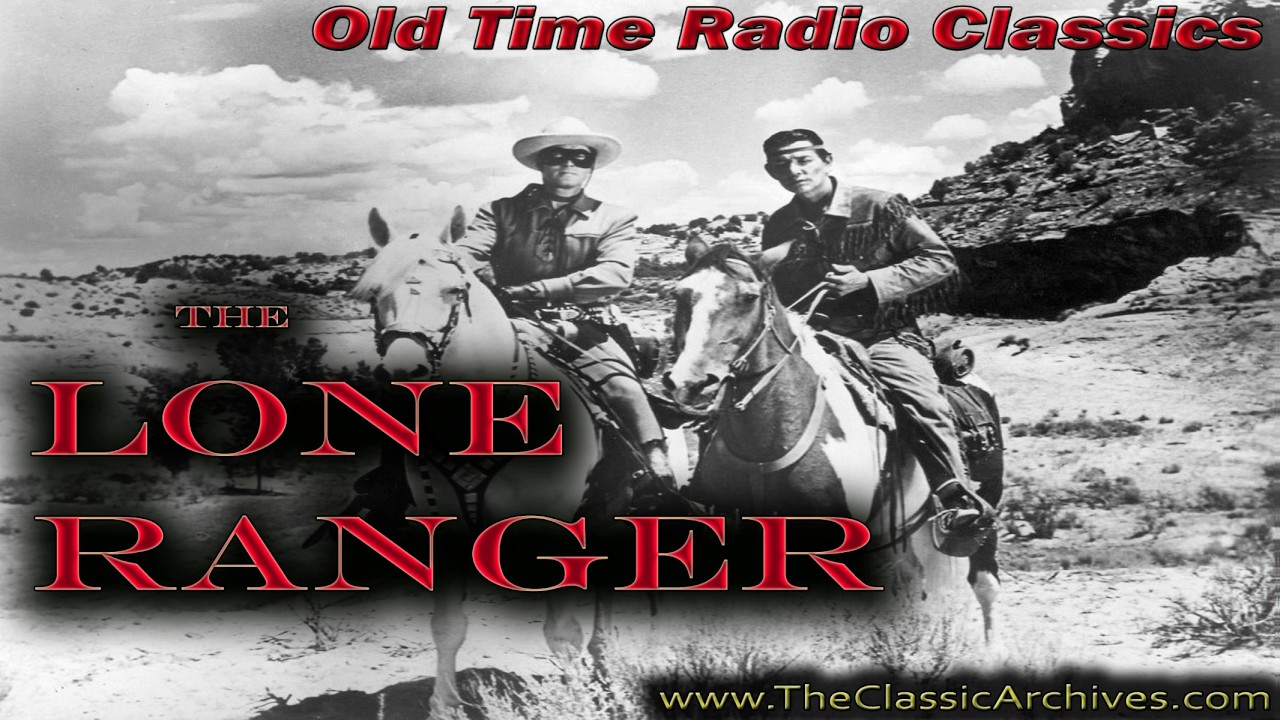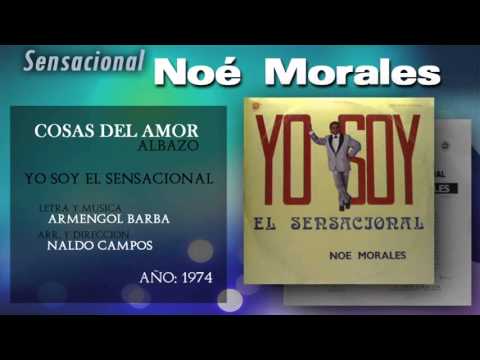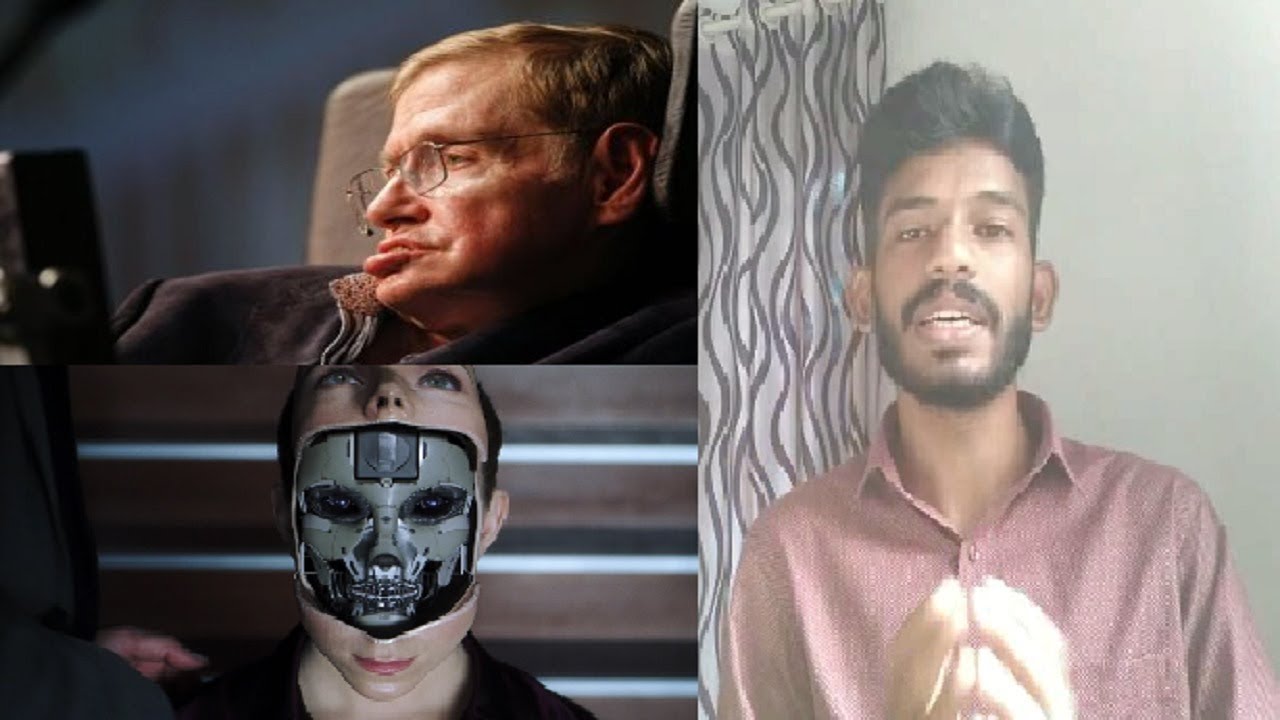The Classic Archives Old Time Radio Channel
The Lone Ranger is a fictional masked former Texas Ranger who fought outlaws in the American Old West with his Native American friend, Tonto. The character has been called an enduring icon of American culture.
He first appeared in 1933 in a radio show conceived either by WXYZ (Detroit) radio station owner George W. Trendle, or by Fran Striker, the show’s writer. The radio series proved to be a hit and spawned a series of books (largely written by Striker), an equally popular television show that ran from 1949 to 1957, comic books, and several movies. The title character was played on the radio show by George Seaton, Earle Graser, and Brace Beemer. Clayton Moore portrayed the Lone Ranger on television, although during a contract dispute, Moore was replaced temporarily by John Hart, who wore a different style of mask. On the radio, Tonto was played by, among others, John Todd and Roland Parker; and in the television series, by Jay Silverheels, who was a Mohawk from the Six Nations Indian Reserve in Ontario, Canada.
The Lone Ranger was named so because the character is the only survivor of a group of six Texas Rangers, rather than because he works alone (as he is usually accompanied by Tonto). While details differ, the basic story of the origin of the Lone Ranger is the same in most versions of the franchise. A posse of six members of the Texas Ranger Division pursuing a band of outlaws led by Bartholomew “Butch” Cavendish is betrayed by a civilian guide named Collins and is ambushed in a canyon named Bryant’s Gap. Later, an Indian named Tonto stumbles onto the scene and discovers one ranger is barely alive, and he nurses the man back to health. In some versions, Tonto recognizes the lone survivor as the man who saved his life when they both were children. According to the television series, when Tonto left the Reid place with a horse given him by the boy Reid, he gave Reid a ring and the name Kemo Sabe, which he said means “trusty scout”. Among the Rangers killed was the survivor’s older brother, Daniel Reid, who was a captain in the Texas Rangers and the leader of the ambushed group. To conceal his identity and honor his fallen brother, Reid fashions a black domino mask from the material of his brother’s vest. To aid in the deception, Tonto digs a sixth grave and places at its head a cross bearing Reid’s name so that Cavendish and his gang would believe that all of the Rangers had been killed.
In many versions Reid continues fighting for justice as The Lone Ranger even after the Cavendish gang is captured.
As generally depicted, the Lone Ranger conducts himself by a strict moral code based on that put in place by Striker at the inception of the character. It read:
I believe…
That to have a friend, a man must be one.
That all men are created equal and that everyone has within himself the power to make this a better world.
That God put the firewood there, but that every man must gather and light it himself.
In being prepared physically, mentally, and morally to fight when necessary for what is right.
That a man should make the most of what equipment he has.
That ‘this government of the people, by the people, and for the people’ shall live always.
That men should live by the rule of what is best for the greatest number.
That sooner or later…somewhere…somehow…we must settle with the world and make payment for what we have taken.
That all things change but truth, and that truth alone, lives on forever.
In my Creator, my country, my fellow man.
In addition, Fran Striker and George W. Trendle drew up the following guidelines that embody who and what the Lone Ranger is:
The Lone Ranger was never seen without his mask or some sort of disguise.
He was never captured or held for any length of time by lawmen, avoiding his being unmasked.
He always used perfect grammar and precise speech devoid of slang and colloquialisms.
Whenever he was forced to use guns, he never shot to kill, but instead tried to disarm his opponent as painlessly as possible.
He was never put in a hopeless situation; e.g., he was never seen escaping from a barrage of gunfire merely by fleeing toward the horizon.
Our channel is dedicated to preserving Old Time Radio classic shows, such as this. Enjoy this classic from The Classic Archives!
Make sure you check out our online store that contains over 50,000 classic titles on DVD or CD. Our MP3 DVD’s will allow you to take this title and place it on your IPOD or another MP3 player and carry it around with you on the go!
Visit http://www.theclassicarchives.com for titles like these published on DVD.
Source



